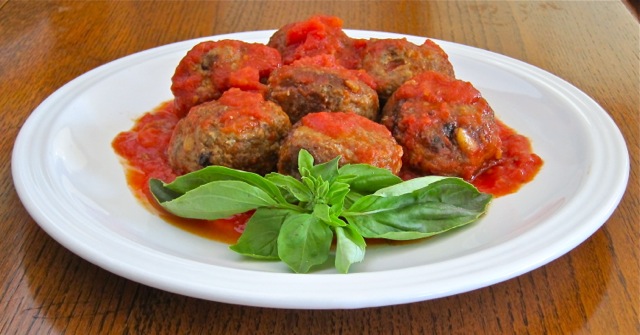One size doesn't fit all when it comes to vegetarianism. Food and health experts say more and more people are adopting some type of vegetarian diet, but what they choose to eat and not eat depends on what type of vegetarian they want to be.
About 2.5 percent of American adults (or 4.8 million people) consistently ate a vegetarian diet in 2000, according to the American Dietetic Association, and 20 to 25 percent ate four or more meatless meals a week. Experts believe this number is growing, given the large number of vegetarian options popping up on restaurant menus and in prepackaged foods at the grocery store .
Vegetarian: What Does It Mean?
Generally speaking, a vegetarian eats fruits, vegetables, dried beans and peas, grains, nuts and seeds and avoids meat, fish, and fowl. However, within the vegetarian category, there are a number of subgroups, including the following:
Generally speaking, a vegetarian eats fruits, vegetables, dried beans and peas, grains, nuts and seeds and avoids meat, fish, and fowl. However, within the vegetarian category, there are a number of subgroups, including the following:
Semi-Vegetarians
Then there are those who call themselves semi-vegetarians.
Then there are those who call themselves semi-vegetarians.
"Semi-vegetarian does not have one standard definition," says Susan B. Roberts, PhD, professor in the nutrition and psychiatry departments at Tufts University in Boston and author of The Instinct Diet."People use it to describe their own practice of a largely, but not exclusively, vegetarian diet ."
A semi-vegetarian could be a person who usually eats vegetarian but occasionally eats meat, for instance, or it could be someone who doesn't eat red meat but eats other meats.
Some people also enjoy a raw-food diet. "Raw-food diets are those that emphasize eating uncooked stuff — truly raw products, uncooked, non-homogenized, etc.," says Roberts. "Again, there is no one single definition; it bundles a bunch of things. For example, some people would eat 100 percent raw, others would consider you are eating a raw-food diet if most — two-thirds or more — is raw." A raw-food diet might include vegetables only, or it might include fish, meat, and eggs as well, she says.
There are health risks to consuming a raw-food diet. Eating uncooked foods, such as some fish or meat, can cause food poisoning, warns Roberts. She notes that many types of sprouts contain dangerous bacteria as well.
Fruitarian Diet
The least common type of vegetarian diet is called a fruitarian diet. As with semi-vegetarians and the raw-fooddieters , there is no strict definition of what it means to be a fruitarian. Basically, though, fruitarians eat only the ripe fruit of plants and trees.
The least common type of vegetarian diet is called a fruitarian diet. As with semi-vegetarians and the raw-food
Why Do People Choose a Vegetarian Diet?
Many people decide to eat a vegetarian diet for health reasons. Research has shown that vegetarians have a lower body mass index (BMI) andlower cholesterol and are less likely to die from heart disease. They may also be at lower risk for constipation, diverticulosis (small pouches that protrude from the large intestine and can become infected and inflamed), gallstones, and appendicitis.
Many people decide to eat a vegetarian diet for health reasons. Research has shown that vegetarians have a lower body mass index (BMI) and
Others become vegetarians for religious beliefs, because of environmental or animal welfare concerns, for economic reasons, or because they just don't like the taste or texture of meat.
Is a Vegetarian Diet Healthy?
People who adhere to a vegetarian diet may not be feeding their body important nutrients it needs to optimally function. Of particular concern is vitamin B-12, which comes naturally only from animal sources, and protein, iron, vitamin D, calcium, and zinc. So, if you are considering adopting a vegetarian diet, talk to a nutritionist to make sure you get the nutrients you need to stay healthy.
People who adhere to a vegetarian diet may not be feeding their body important nutrients it needs to optimally function. Of particular concern is vitamin B-12, which comes naturally only from animal sources, and protein, iron, vitamin D, calcium, and zinc. So, if you are considering adopting a vegetarian diet, talk to a nutritionist to make sure you get the nutrients you need to stay healthy.
By taking certain vitamin supplements and by careful meal planning, being a vegetarian can be a healthy and rewarding way of life.



